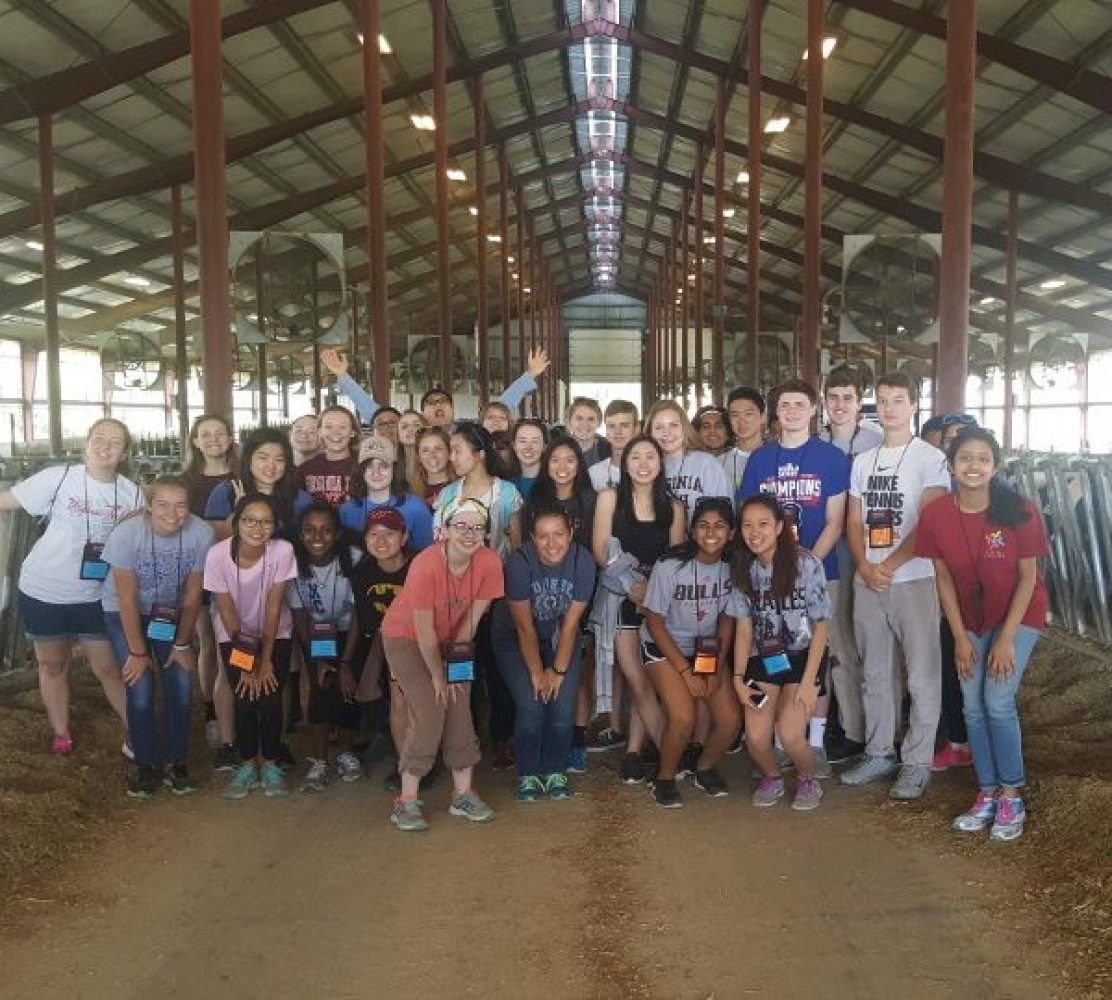My friend’s yard has a creek in the back – a small one, gently trickling away bringing water from nowhere to nowhere. I went to look at it one bright afternoon in the spring. It was the time of year where everything shone, from the young green leaves to the moist ground, and the bright sunlight lit up the surface of the water, making the creek fit perfectly in the landscape. Only one thing was out of place: a small, gray clump of soap bubbles floating in an eddy in the middle of the stream. The suds looked completely alien to the tranquil environment and I found myself wishing they would just disappear.
This happens in the real world all the time, but instead of soap from a neighbor’s slip-’n’-slide it’s suffocatingly potent pesticides or fertilizers that can overturn entire ecosystems. In the name of thoroughness a farmer sprays an entire field with powerful chemicals; the soil absorbs what it needs and the rest washes out with the rain and into nearby rivers. How do you fix this problem, though? Treating fields isn’t exactly an optional step of the process of raising crops.
It turns out the answer lies in huge tanks, an array of agile spray nozzles, and cutting-edge GPS sensors. On a trip here at GSA, we stood next to a large instrument bearing all three parked in a small asphalt strip. A farmer would feed a prescription to the machine then drive it across a plot of land. Using a technique called real-time kinematics, the instrument determines its position within the centimeter and sprays from the nozzles when the prescription says to do so. This is precision agriculture, a field dedicated to treating only the parts of fields that need treatment. By turning its nozzles on and off, the contraption can spray some areas and leave others alone.
Technology isn’t perfect. Researchers booted the machine up for a test run, but in the middle of spraying the Virginia Tech logo on asphalt it sprung a small leak that rendered the drawing unrecognizable. Nonetheless, the trip provided a fascinating glimpse into the future of agriculture, an exciting marriage of technology and nature.
-or
